8. “Before the Devil Knows You’re Dead” by Sidney Lumet (83 years old)

As brutal and uncompromising as it gets, this is a film so audacious that it actually begins with a graphic sex scene. The story of two sons, ungrateful and down on their luck, who decide that robbing the family jewellery store with the help of a criminal associate will be a victimless crime. However, when their own Mother is murdered as a result of the robbery, the consequences become more dire than any could have imagined.
The film has a great minimalist style, wit framing and camera movement effortlessly setting tone and pace amongst the grit of its narrative. But, it the cast that really excels. Philip Seymour Hoffman is terrific as the broker who needs a financial lifeline, unravelling progressively into the abyss as the film goes on. Ethan Hawke provides a counterpoint as the naive younger sibling, devoted to a point, but not devoted enough to end his affair with his brother’s wife, played by a salacious Marisa Tomei.
Yet, the two most senior men in the production deserve the most credit. Lumet, the octogenarian director, proves as taught as ever in guiding the thrilling vehicle, and commanding a great cast. Furthermore, you have veteran actor Albert Finney. Playing a man who loses his wife, only to discover slowly that his sons are responsible, Finney plays an emotionally conservative man struggling to deal with sheer horror. His reactions are human, which make them all the brutal in their authenticity.
You are unlikely to forget the film’s ending for some time.
7. “Gosford Park” by Robert Altman (76 years old)
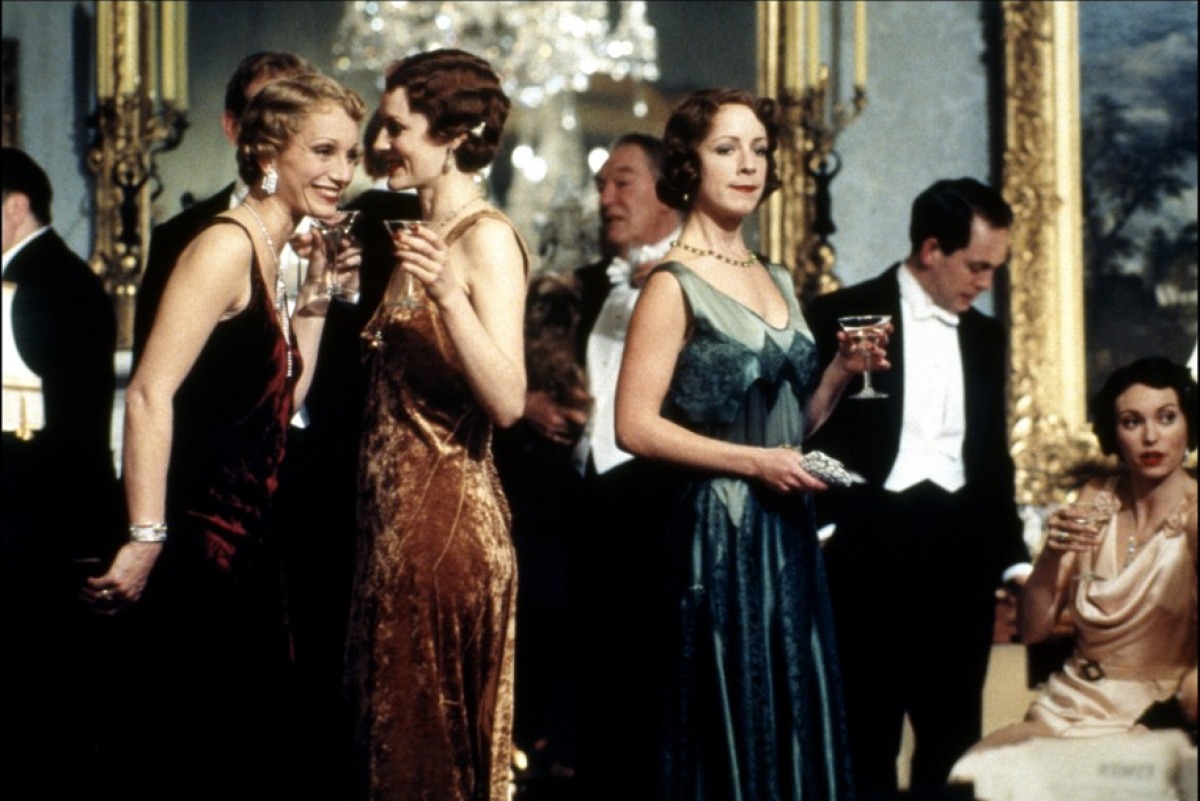
Mr. Altman may well have aged better than just about any filmmaker in history (though Luis Bunuel’s estate may have grounds to argue the point.) Full of wit, a sense of occasion, and a passion for each and every character that inhabits its niche world, period piece Gosford Park is one of the very finest examples of the veteran director’s highly distinct style.
A murder mystery set in a stately British home in the early 20th Century, it may come as little surprise that the film’s producers went on to produce Downton Abbey. It is a wondering era piece, capturing the glamour and sophistication of times past like a kind of magic waxwork; a feat bolstered by the Christmas time setting.
But, as always, it is Altman’s trademark command of an ensemble that moves the vehicle forward. A master of large cost command, Altman fleshes out over a dozen characters to perfection here. With Kristin Scott Thomas, Maggie Smith, Michael Gambon, Helen Mirren, Clive Owen, and Stephen Fry among many others on display, there is a mouth-watering cast of British talent on display.
The loose woman, the elderly gossip, the murdered patriarch, the suave detective- this 2001 romp pulls out all of the stops. This is pure Altman, and yet it covers new ground. Marvellous entertainment, indeed.
6. “Saraband” by Ingmar Bergman (85 years old)
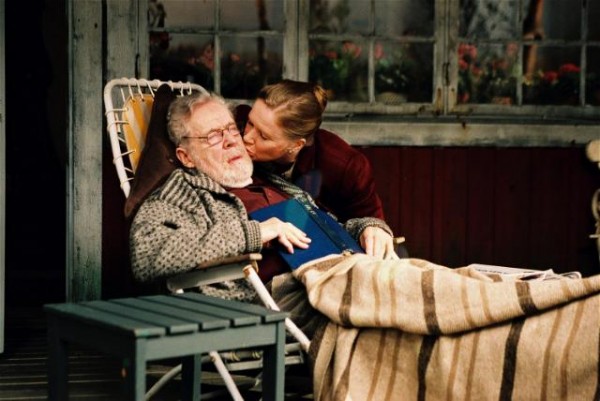
Saraband is modern enough to be the only Ingmar Bergman film to feature heavy metal music, yet it retains the Bergman sophistication, elegance, and heightened humanity. Yet, something invariably new had occurred, something that lured Bergman back to the director’s chair- the opportunity for a sequel.
Though highly unlikely, Bergman shocked the film world by returning to directing after a 21 year absence to continue the saga of Johan and Marianne, the two lovers from Bergan’s seminal Scenes From a Marriage. As one might imagine with Bergman, the thirty since have not been idyllic for the characters. Now divorced and remarried, Johan has separated from his second wife, Marianne in tandem now newly widowed. At Johan’s house, their attempt to reconnect is a grim one, with monologues and tempest brewing with typical Bergman intensity.
There is subplot involving Johan’s son and granddaughter but, though they acquit themselves well, the film operates as the first one did, in the wake of its lead actors. Bergman’s personal bond with his stars had long been a secret weapon, and it seems fitting that he should choose not only to work with Liv Ullmann and Erland Josephson again, but to work with them on further developing two iconic characters that Bergman fans have already invested in.
Though things are bleak, the sight of Johan and Marianne embracing is an overpoweringly cathartic thing, and reaffirms the core Bergman principle that great hope can be found in the darkest of places.
5. “Venus in Fur” by Roman Polanski (81 years old)
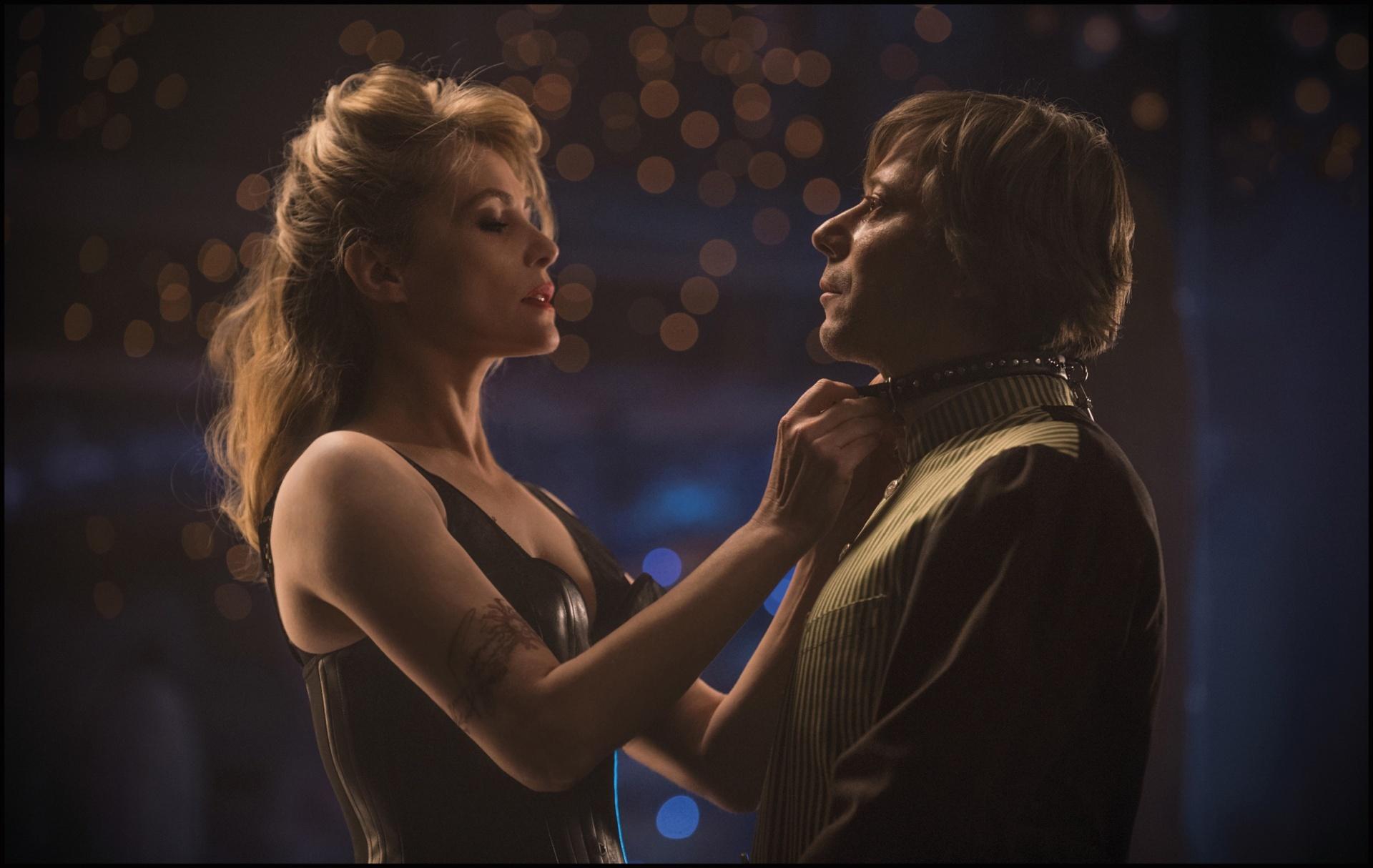
The expression “you cannot teach an old dog new tricks” doesn’t seem to apply to the always controversial Roman Polanski. For, with his latest two films, he seems to have taken it upon himself to experiment boldly with the notion of film’s set in a single location, not entirely unlike his seminal peak era film Repulsion. Here, in Paris, we have a simple narrative played to perfection and stocked full of gleefully nasty thrills. And, it all starts with an audition.
Just when frustrated theater director Thomas is on the verge of giving up on the notion of his production of Venus in Furs, in walks the vivacious Vanda. She is woefully unprofessional, unprepared, and attitudinal. Yet, the more the two interact, the more Thomas feels an intoxicating attraction to her. Soon, the erotic bond between master and slave becomes much more real than just a line reading.
Polanski is to be commended for keeping the production uncomfortably intimate. Aside for bookend exterior sequences, the entire film remains in the one theater location, with Thomas and Vanda being the only two characters. Of course, the duo must be exceptionally cast, and one struggles to conceive of how Emmanuelle Seigner and Mathieu Amalric could have been bettered in their respective roles. Their relationship is feisty and full of black wit at every turn. The film builds to a sensual, sensational climax, one as symbolic as it is dark.
This is a tense 90 minutes, and a brilliant use of 90 minutes of a cinephile’s time.
4. “Midnight in Paris” by Woody Allen
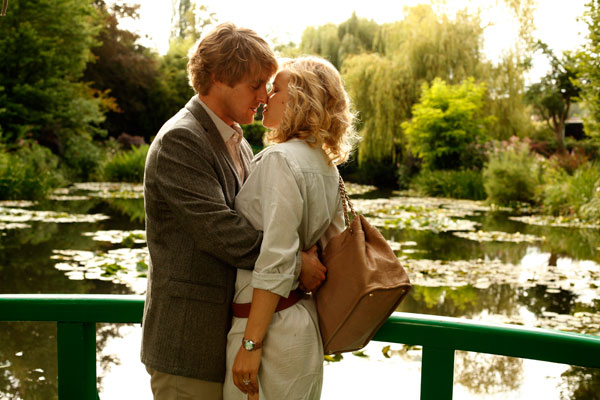
Opening with a lush, inspired montage celebrating Paris (New York appears to have been exhausted), and continuing with a clever homage to a classic artwork in order to establish the principal characters, Midnight in Paris announces almost instantly to its welcome audience that this is the most inspired Woody Allen offering in some time. There is something truly sublime in Allen’s Manhattan-esque opening, which carries a real sense of the veteran auteur’s influence.
From their on in there are shots at the American conservatism, a protagonist with a wandering spirit, the romance of a city, and a character who is in a relationship with one character, but who falls in love with another. In other words, typical Woody Allen fare.
Yet, the mystical element lifts this film to such darling heights. One wonders why Allen did not return to the topic of time travel sooner after the masterpiece that was Zelig. Conversations with a surly Ernest Hemingway are hysterical. Adventures with a youthful F Scott and Zelda Fitzgerald are enchanting, not to mention Kathy Bates as Gertrude Stein. Woody hasn’t been this starry eyed in years, and this adds a real gleam to the standard to the otherwise Allen material on display here.
3. “L’Argent” by Robert Bresson

Few directors capture the small moments like Robert Bresson. Yet, L’Argent is still a revelation in that it is not only dramatically complex and assured, but that the veteran auteur seems to have amassed a more youthful view on the filmmaking process also. Here is a film in which a series of tactile close-ups of an ATM machine can carry the same cinematic weight as an axe wielding, candlelight murder sequence. Bresson also takes to technicolor in full stride, this film presents an array of dazzling colors which really evoke the French metropolitan setting.
Of course, all of this craft warrants a human anchor, and Christian Patey is sensational as a working man whose life continues to descend into a financial, and spiritual, abyss after financial corruption leaves him an unwitting victim.
His journey is curious in that, as his solvency becomes an increasing problem, so to do his personal relations to those around him. There is an infinite array of awkward dialogue scenes between Yvon and members of his society’s bureaucracy to testify to this. Thus, the message may seem anti-capitalistic. Yet, in the end, the film is commendable stable when it comes to bresson’s core theme of humanity’s cruelty to humanity, only this time with a more refreshingly youthful approach.
2. “That Obscure Object of Desire” by Luis Bunuel (77 years old)
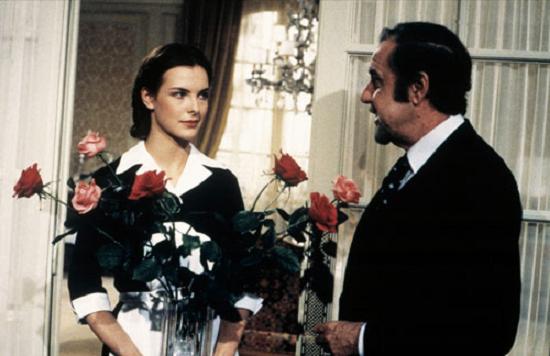
At times funny, at times disturbing, but always anarchistic, this was a highly fitting way for Luis Bunuel to end his controversial career. Beginning with an old man dumping a bucket of water on a woman’s head, we are then regaled with the tale of a well to do older gentleman and his attempts in vain to woo, tame, and control a 19 year old flamenco dancer. Literal and figurative explosions ensue.
the part of the the Captain Don Pasquale, Bunuel turned to his old favorite collaborator Fernanda Rey. In their last collaboration together, the duo craft a truly ambitious and complicated protagonist, one that comes across as charming at times and vicious at others. There is silliness to his Pasquale’s infatuation, but also a sadness, and even an evil. This is critical to the statement that the film makes about infatuation and, thus, makes this film one of the finest collaborations of this classic director/actor duo.
In the end, the climax is electrifying. But, it is the small moments between the characters that may well linger in the one’s mind. The sly look on the lover’s faces as flowers are exchanged, or the hideous sight of Conchita boarding a train, her face battered from a severe beating. This is a thoughtful black comedy indeed and the culmination of a career of mature, character based narrative.
1. “Ran” by Akira Kurosawa (75 years old)
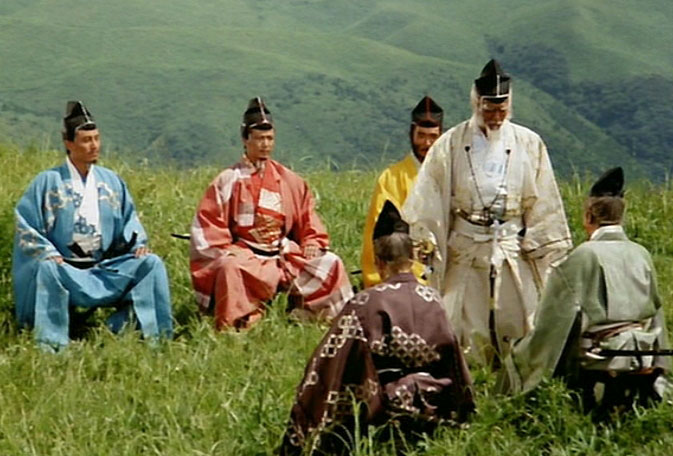
A blind fool left lost at the edge of cliff, leading into a seemingly infinite precipice. Only Akira Kurosawa would attempt to rewrite Shakespeare in any way. More surprising still is that, having watched the film, most would feel that the addition is utterly fitting.
Ran is a true revelation. An ecstasy of color and visual beauty. Going slowly blind, the 75 year old director painstakingly storyboarded each scene with watercolor painting before his adaptation of King Lear, to ensure that he could maintain visual control, and justify this control exquisitely.
Ran’s style is so distinct. Viewing his adaptation as “a series of human events witnessed from heaven”, Kurasawa chose to dispense with the close up and play out the entire narrative in medium wide shots. This makes the film feel ornate, its color and remarkable set design making it a living breathing work of art.
But, the characters excel too, and with aplomb. Tatsuya Nakadai makes his final appearance in a Kurosawa film, after three decades of collaboration. of course, King Lear could not be a more fitting send off for a collaboration. Lord Hidetora Ichimonji is stubborn, oblivious, but not an unfeeling protagonist. His tragedy is real, and his caring for those around him never fades.
The sight of him ambling away from his crippling empire is one of the finest visual representations of Shakespeare ever conceived, and Kurasawa and Nakadai achieve their vision in this moment without a single word spoken, Shakespearean irony indeed.
Kurosawa had not yet technically exceeded the age of 75 at the time of this film’s release. However, if you have seen the film, you will almost surely forgive the exception.
Author Bio: Ross Carey is a Film Studies graduate from County Cork In Ireland. He is an award winning short filmmaker and is in the midst of writing his debut feature film. Before joining Taste if Cinema he was ran a popular blog entitled “Kino Shout! Films”. He will discuss the subject of film at any opportunity.